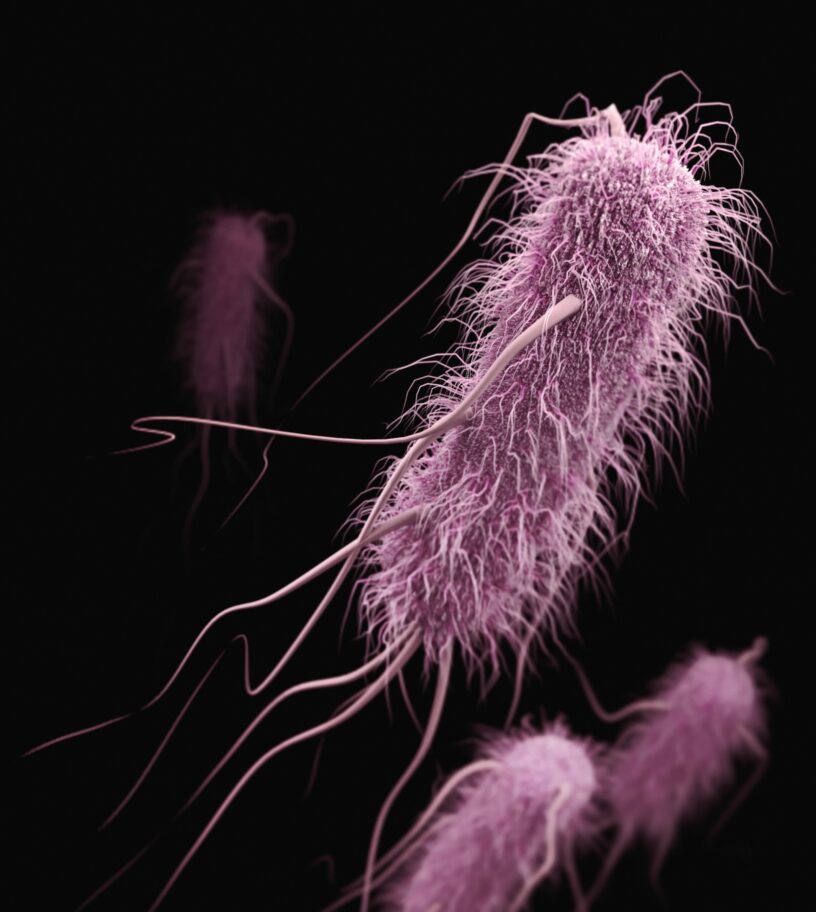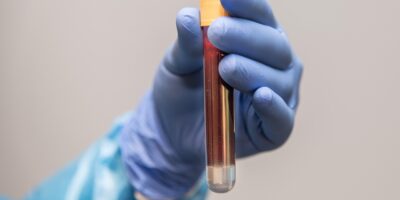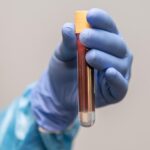The intestinal tract in the human gut is one of the largest reservoirs of Pseudomonas Aeruginosa, a common bacterium which is responsible for increased mortality in gut derived sepsis and various inflammatory bowel diseases. Moreover, the colonization of such bacteria in the gut was found to cause severe necrotizing enterocolitis (SNE) in low birthweight infants, a life threatening gastrointestinal condition with a high mortality rate.
In response to the noxious effects caused by P. Aeruginosa in the gut microbiome, scientists performed genetic modifications in bacteria in a research study to target specific pathogens and counter their harmful effects. They approached this by using modified Escherichia coli in a laboratory setting to identify and eradicate P. Aeruginosa. This system was enhanced by incorporating a gene for an anti-biofilm enzyme and utilizing a probiotic strain of E. Coli known as Nissle 1917 as the host. Amazingly, this genetically engineered probiotic effectively combated P. Aeruginosa within the gastrointestinal tracts of two animal models, offering both preventive and therapeutic benefits.
Some studies have utilized engineered probiotics to deliver molecules that combat infections, although the majority of such work has been confined to lab settings, with limited in vivo testing. In this study, researchers assessed the efficacy of their genetically modified probiotic in combating P. aeruginosa infections within animal models. These infections can manifest in various body regions, including the lungs and the gut, with the latter serving as a reservoir for P. aeruginosa, resulting in severe complications. The engineered microbe could accurately detect P. aeruginosa through chemical signals and subsequently release a toxin (pyocin s5) to combat it. The combination of pyocin S5 and DspB (anti-biofilm enzyme) also exhibited strong prophylactic effects against P. aeruginosa, confirming the idea that combining anti-microbial and anti-biofilm enzymes could possibly enhance efficiency in eradicating pathogens. Finally, to ensure the safety of their system, the researchers implemented a plasmid framework and introduced an auxotrophic marker into E. coli Nissle to prevent the horizontal transfer of antibiotic resistance genes. This approach was successfully validated in both Caenorhabditis elegans and murine infection models. The genetically engineered probiotic demonstrated diagnostic and therapeutic capabilities, significantly reducing P. aeruginosa infections and provided protection against future infections.
One of the most exciting aspects of this research is that the probiotic can be administered without the presence of infection- associated symptoms, offering the potential for long-term protection against opportunistic pathogens as part of a normal probiotic regimen. A single dose of the engineered probiotic, given seven days before exposure to the pathogen, could provide protection for 3 weeks, as demonstrated in stable colonization of E. coli Nissle strains in mouse intestines (from murine model described above). In a time when antibiotic resistance is a growing concern, this innovative probiotic approach holds great promise for the future of infection prevention and treatment. Further studies are anticipated to refine and confirm these findings, potentially reshaping the landscape of infection control and treatment strategies.
Cover Photo by CDC on Unsplash.
Journal Article: In Young H, Elvin K, Adison W, John C. M et al. Engineered probiotic Escherichia coli can eliminate and prevent Pseudomonas aeruginosa gut infection in animal models. Nature communications. 2017 Apr 11;8. Doi: 10.1038/ncomms15028








